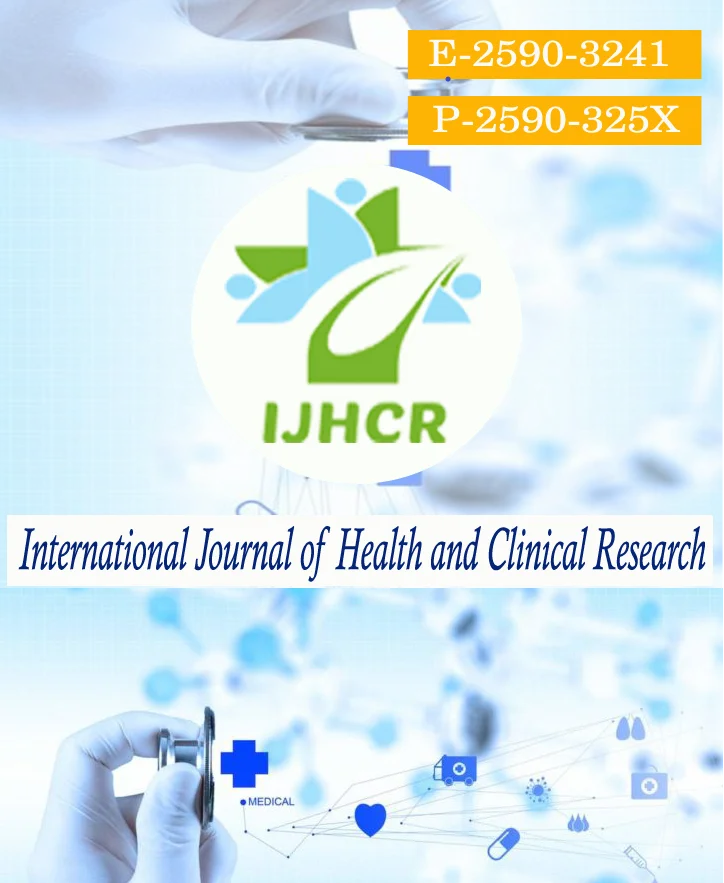“A Prospective Observational Study Assessing the Morbidity Outcomes of Late Preterm Neonates”
Keywords:
India, Late preterm infants, Neonatal morbidity, Outcomes.Abstract
Background & Objectives: To study on early neonatal morbidities in late preterm neonates admitted to neonatal intensive care (NICU).
Methods: All late preterm babies (34 0/7weeks-36 6/7 weeks) admitted to neonates who meet the inclusion criteria were studied for a period of 1st October 2019 to 31st March 2021. The infants in the sample were followed throughout their stay in the neonatal intensive care unit (NICU), up until hospital discharge. All the data was collected from infants' and mothers' medical records and at the time of the discharge. Short-term outcomes such as neonatal morbidities, mortality, hospitalization and also maternity risk factors were assessed. Result: A total of 103 late preterm and term neonates were included in the study. Male preponderance was noticed with a ratio of 1.2:1. Majority of the neonates were born with birth weight of more than 2 kg. PROM and previous history of LSCS forms the major maternal risk factor for preterm. This study confirmed that late-preterm infants are a population at risk of increased neonatal morbidity. Neonatal Hyperbilirubinemia requiring phototherapy forms the major one followed by respiratory distress, sepsis and feed Intolerance. Duration of hospital stay also prolonged in late preterm. Majority of late preterm neonates required more than 7 days of hospital duration. Mortality rate and the rate of rehospitalization were also high. Conclusion: Late-preterm infants are therefore a high-risk group of children and need special attention. Immaturity is the major factor contributing to adverse morbidities. Further research is required to develop specific guidelines and protocols to reduce neonatal late preterm mortalities and morbidities.
Downloads
Published
How to Cite
Issue
Section
License
Copyright (c) 2024 Rahul Banti, Rohit Bhandar, Sharan Deshmukh, Aishwarya Bijapure

This work is licensed under a Creative Commons Attribution 4.0 International License.






 All articles published in International Journal of Health and Clinical Research are licensed under a
All articles published in International Journal of Health and Clinical Research are licensed under a 